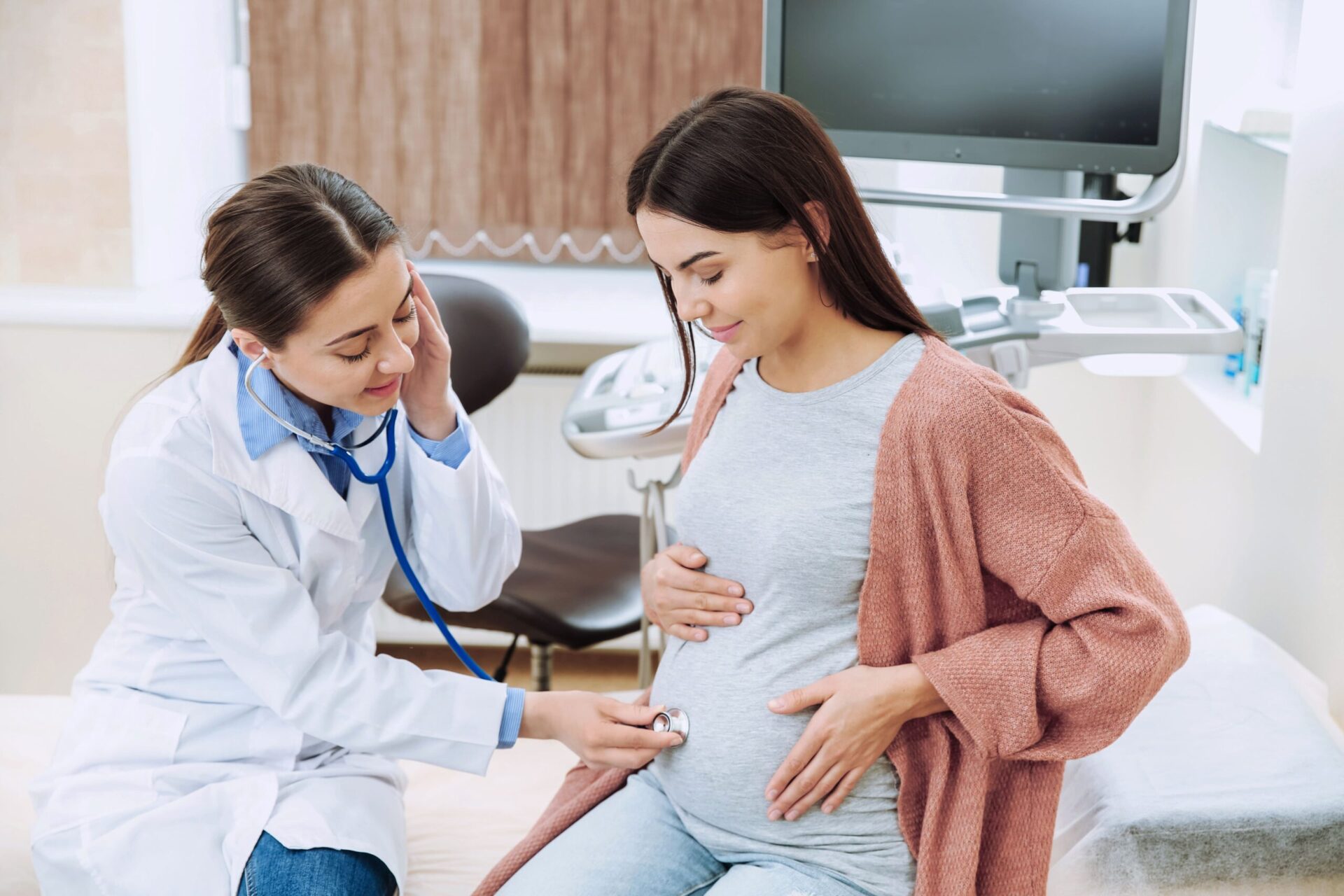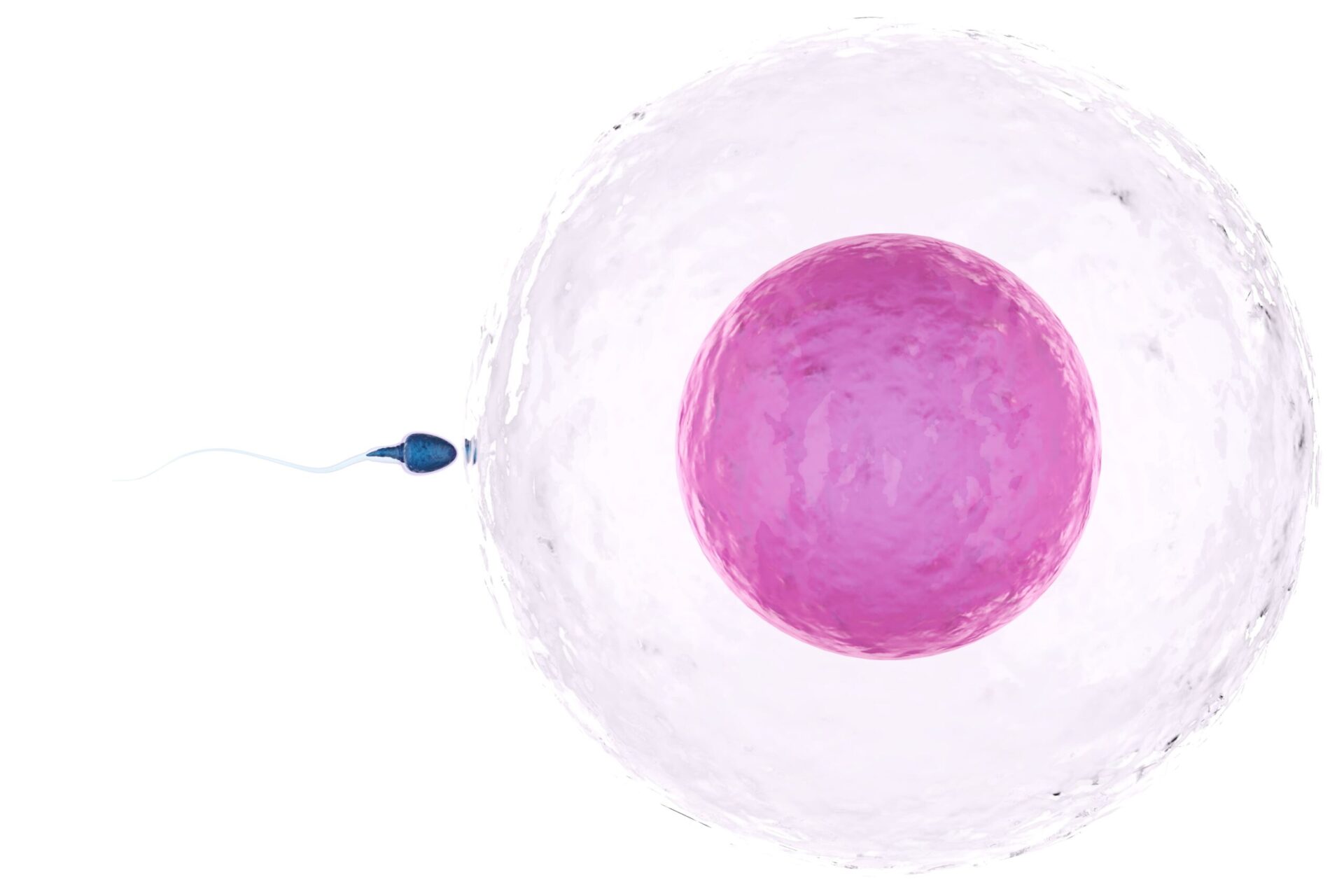El óvulo femenino es uno de los elementos más importantes en el proceso reproductivo, por lo que es sumamente relevante que conozcas todos los detalles referentes a este, su calidad, tamaño, apariencia y acerca de los problemas que se pueden presentar.
Por otro lado, la dupla óvulo y ovario es esencial en todo momento, si estás tratando de concebir un bebé y ampliar tu familia. En esta publicación compartiremos contigo qué es un óvulo, sus características, su función y todos los criterios que debes tener en cuenta para lograr un embarazo.
¿Qué son los óvulos?
Los óvulos son células sexuales de las mujeres, conocidas en el ámbito científico como gametos. Ante la pregunta ¿qué son óvulos? Podemos decir que son los principales actores en el proceso de reproducción.
La ovulación de las féminas inicia durante la adolescencia, usualmente a la edad de once años, y finaliza cerca de los cincuenta años con la menopausia.
Los óvulos maduros se producen en los ciclos menstruales, cada 28 días aproximadamente. En caso de que el óvulo no sea fecundado, este será liberado por medio de la menstruación.
En lo que respecta a cuánto mide un óvulo, este tiene una forma esférica y cuenta con un diámetro de 130 micras más o menos. Por otro lado, entre la información concerniente a qué es óvulo, debes saber dónde se producen los óvulos o dónde se forman los óvulos, lo cual ocurre en los ovarios.
¿Cuántos óvulos tiene una mujer?
El número de óvulos de una mujer varía dependiendo de varios factores, entre los cuales predomina la edad. Por lo tanto, para saber cuántos óvulos tiene una mujer se deben tener en cuenta los diferentes escenarios:
Por ejemplo, la respuesta a la interrogante ¿con cuántos óvulos nace una mujer? Es que cada niña nace con una cantidad finita de óvulos, que es de un millón aproximadamente.
Pero el número de óvulos se va perdiendo con el paso del tiempo. Así que también debes preguntarte cuántos ovocitos tiene una mujer en la adolescencia. Los óvulos en esta etapa son unos 300.000.
Otra cantidad es la de cuántos óvulos hay en la fase reproductiva de la mujer, y la respuesta es: cerca de 400 óvulos provenientes de la ovulación.
¿Cuántos ovocitos es normal tener?
Durante la etapa reproductiva de una mujer, normalmente se liberan 400 ovocitos, uno por cada ciclo menstrual. Los óvulos mujer se mantienen inactivos, suspendidos en mitad de una división celular en su folículo, hasta que son liberados. Es así, como la vida de un óvulo es la más larga si se compara con el resto de las células del organismo.
Otra de las dudas que se presentan con frecuencia, es la de cuántos óvulos se expulsan en la menstruación. Es decir, cuántos óvulos produce una mujer al mes o cuántos óvulos se liberan al mes. En este sentido, debes saber que, en la ovulación, un ovario solo libera un óvulo.
Es importante saber cuántos óvulos se producen al mes, para que puedas estar al tanto de que todo está en orden cuando estás tratando de embarazarte.
Calidad óvulos
Un óvulo mujer perfecto cuenta con la dotación cromosómica y las características morfológicas apropiadas, para que se produzca la gestación. Los óvulos reales de una mujer pueden presentar problemas morfológicos, lo que representa una calidad ovárica menor. Esto puede ser detectado con facilidad.
Pero debes tener en cuenta que lo que afecta la calidad de los óvulos es principalmente la edad de la fémina. El paso del tiempo puede dañar la carga genética del óvulo, aunque no siempre su morfología.
Si te preguntas cómo saber la calidad de los óvulos, te indicamos algunos datos que te pueden servir como orientación:
Una mujer con reserva ovárica normal puede tener la siguiente cantidad de ovocitos maduros:
- Durante la pubertad entre 300.000 – 500.000.
- Al alcanzar los 30 años, 316.800 ovocitos aproximadamente.
- Cuántos óvulos tiene una mujer de 40 años: cerca de 79.200.
- En lo que respecta a cuántos óvulos tiene una mujer de 50 años, la cantidad es mínima o nula.
¿Cada cuánto ovula una mujer?
La relación de ovarios y óvulos es estrecha en lo que respecta al proceso de ovulación.
Un ciclo menstrual estándar cuenta con 28 días, y la ovulación normalmente se produce 14 días antes de que comience el próximo periodo menstrual. Estos datos pueden servirte de base en lo que respecta a cómo saber si ovulas bien.
Sin embargo, debes tener en cuenta que el ciclo de cada mujer puede variar en cuanto al tiempo de duración, así como el período entre la ovulación y el siguiente período menstrual.
El funcionamiento de los óvulos y ovarios es diverso entre mujeres, por lo que unas pueden comenzar a liberar óvulos varios días antes o después, de lo indicado por los datos estadísticos.
¿Cuántos ovarios tiene una mujer?
Las mujeres cuentan con dos ovarios, localizados a la izquierda y derecha del útero. Estos tienen la forma y el tamaño similar al de una almendra.
Por otro lado, son los encargados de producir y de almacenar los óvulos. De allí que la relación ovario óvulos, sea tan estrecha. El ovario libera el óvulo durante la ovulación, y si a este lo fecunda un espermatozoide, se podría generar un embarazo.
Es por todo esto que se tiene en consideración cuántos ovarios tiene la mujer, al momento de querer concebir. Ya que dependiendo de la cantidad y calidad ovocitaria, la posibilidad de un embarazo aumenta o disminuye.
Adicionalmente, los ovarios producen estrógeno y progesterona, hormonas femeninas.
¿Cómo saber si los ovarios no liberan óvulos?
Ahora que sabes lo que significa óvulo, cuál es su función e importancia, también requieres saber si eres fértil o no. Esto lo puedes conocer verificando la reserva de óvulos que tienes en tus ovarios, si estos liberan los óvulos apropiadamente, y si tu aparato reproductivo tiene un aspecto sano.
Para obtener la información que necesitas, puedes optar por realizar un análisis de hormona antimulleriana (AMH) y una ecografía.
¿Cuántos óvulos fecundan en FIV?
La cantidad de óvulos depende de diversos factores como la edad de la paciente, pero un número promedio es de 8 óvulos en fecundación in vitro.
¿Dónde van los óvulos cuando no hay útero?
A pesar de no poseer útero, los ovarios continuarán produciendo óvulos y hormonas, hasta que se presente la menopausia. Pero como el óvulo no puede ser fecundado, este se desvanece después de 24 horas.





